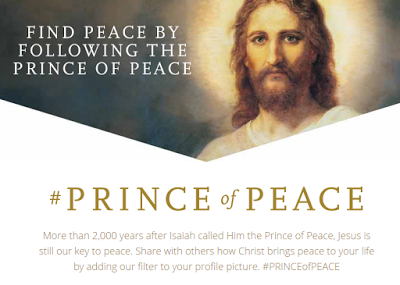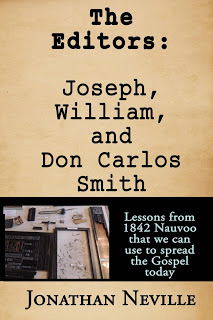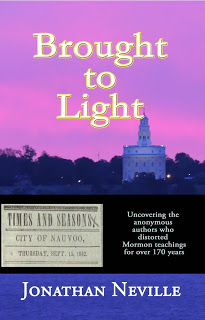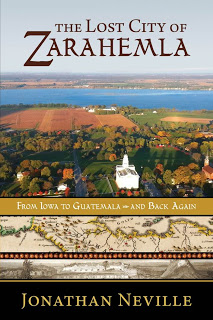If you like Eritrea, Sri Lanka, Malaysia, Chile, Peru, Panama, Guatemala, Yucatan, southern Mexico, Baja… Take your pick or add your own favorite.
No problem. No problem at all.
Of all the places I’ve visited, I’m thinking the south of France would be a fun place to put Cumorah. I could visit there often to do research. Other great places I’ve visited and would like to spend more time include Rio de Janeiro and the south island of New Zealand.
If you want to invent a Hill Cumorah in your favorite part of the world, you just need to:
1) ignore what the modern prophets and apostles have said* and
2) apply a flexible interpretation of the Book of Mormon text.
The Church has no official position on any New World location described in the Book of Mormon
There is no clear indication that Joseph Smith ever applied the name “Cumorah” to the hill in New York
A late account from David Whitmer is the earliest possible association of the name with the New York hill
Joseph Smith never used the name “Cumorah” in his own writings when referring to the gold plates’ resting place
David Whitmer is not told that the hill from which Joseph received the record was called Cumorah, but this usage seems to have nevertheless become common within the Church
Since the 1950s, opinion among Book of Mormon scholars has increasingly trended toward the realization that the Nephite Cumorah and the Hill in New York cannot be the same
There are 13 geographical conditions required for the Book of Mormon Hill Cumorah
Joseph Fielding Smith, before he became President of the Church, argued for a New York location as the scene of the final battle
Joseph Fielding Smith acknowledged that this was his opinion, and that others were entitled to their own opinions regarding this subject
No actual archaeological digs have been performed at the site to actually attempt to find artifacts
The Book of Mormon does not state that the plates of Mormon were buried in the Hill Cumorah: All of the other records except the gold plates were buried there
Moroni wandered for 36 years before burying the plates of Mormon
Ancient militaristic texts, including those of the Bible, frequently exaggerated the numbers involved in battle for their own propagandistic purposes
__________________












